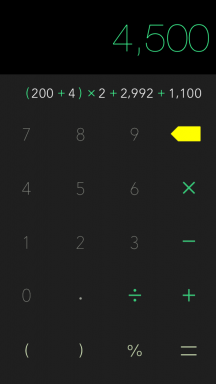Object-oriented design in Ruby - course RUB 3,900. from ThinkNetica, training 3 days, date November 27, 2023.
Miscellaneous / / November 28, 2023
Practice
You will do some of the practice right in class, and some of it yourself after the webinar.
Communication
You will have live chat support, and webinars will cover common questions and errors, examples of best practices and solutions.
1. 6 months of Ruby on Rails development experience
3. Basic command line and git skills
Ex-developer at Cybergizer, Actimind, Group-IB and Urban Connect AG.
Member of the program committee and speaker at RubyRussia conferences.
He taught at state universities and private educational institutions.
Participated as a mentor on Rubizza and Hexlet.
3 webinars
Practical tasks
Communication with the author and answers to questions
Day 1. Programming Paradigms
- Learn or consolidate your knowledge of OOP principles, their implementation in Ruby, compare with other languages
- Understand pure functions and other basic functional programming concepts
- Consider alternative OOP and FP paradigms and their applicability to Ruby
As a result you:
Refresh and expand your understanding of OOP with practical examples, learn to work with Ruby in a functional style, compare Ruby with other languages
Day 2. Design principles
- Refresh or gain a theoretical understanding of SOLID principles
- Look at examples of how these principles are respected and violated in Ruby.
- Become familiar with other well-known principles and approaches such as GRASP, DRY, KISS and YAGNI
As a result you:
You will understand the principles and approaches that are most common in Ruby and in development in general; and also learn to better see specific problems in code that violates some of the fundamental principles
Day 3. Design Patterns
- Design patterns in Ruby and Rails from general to specific:
- MVC and MV* patterns. Let's break Rails down into its components and compare it with other options for the internal organization of a web framework
- Generative Patterns
- Structural patterns
- Behavioral patterns
As a result you:
Refresh and expand your knowledge of patterns, from the obvious and simple singleton generator to an overview of architectural patterns



